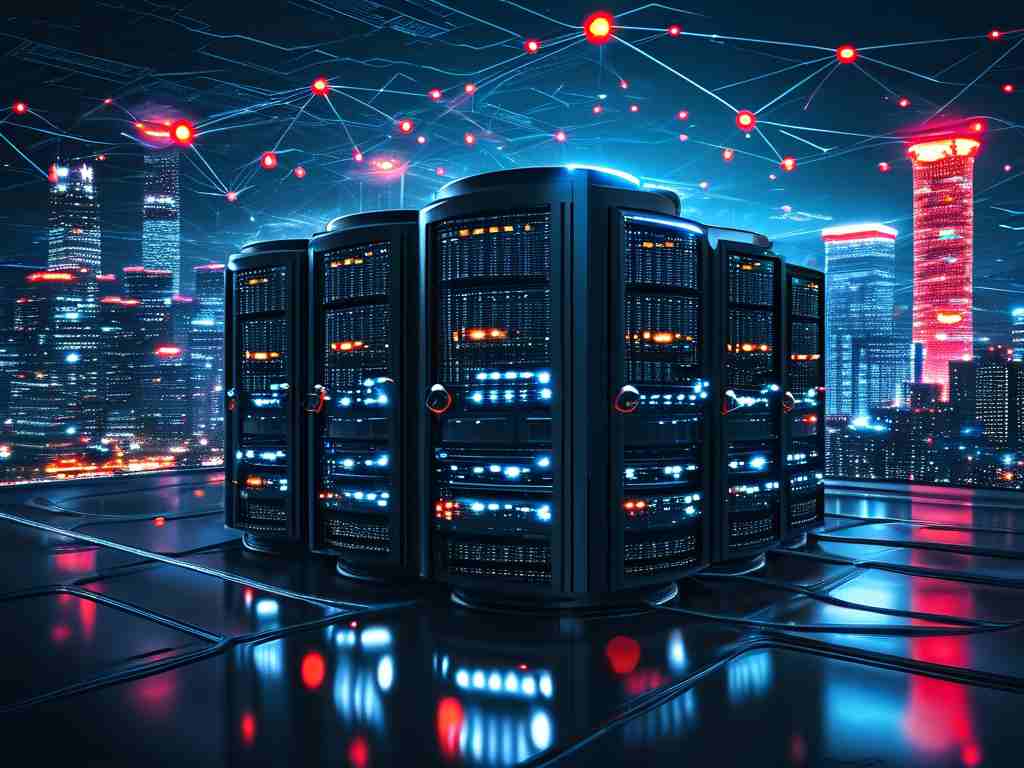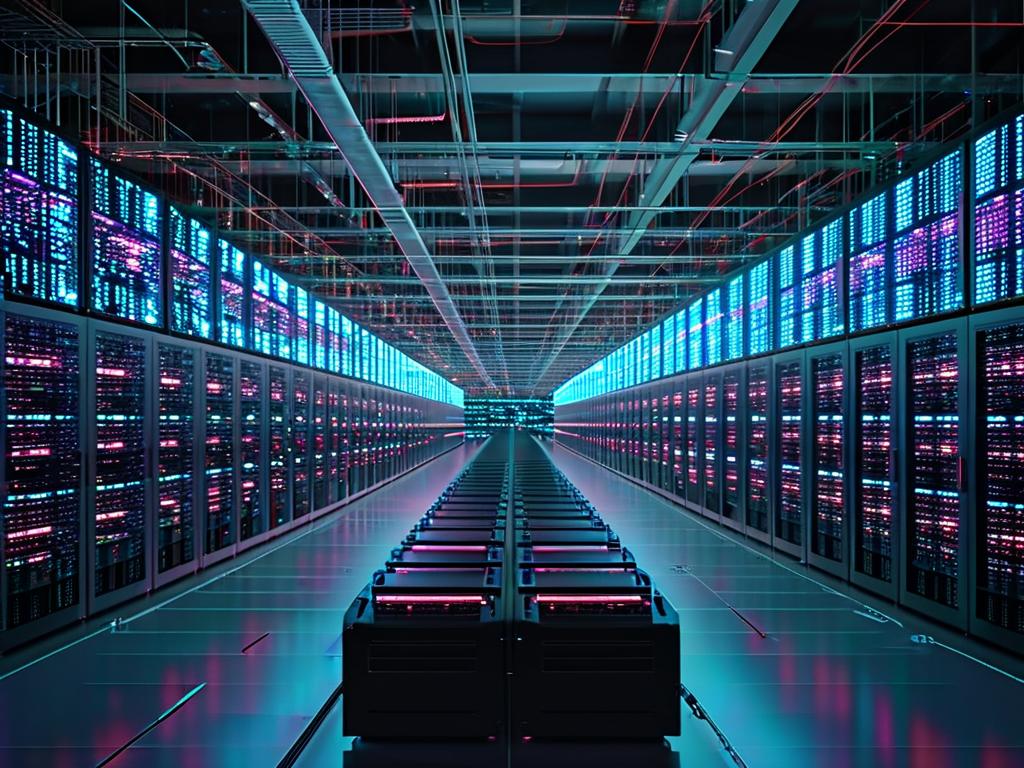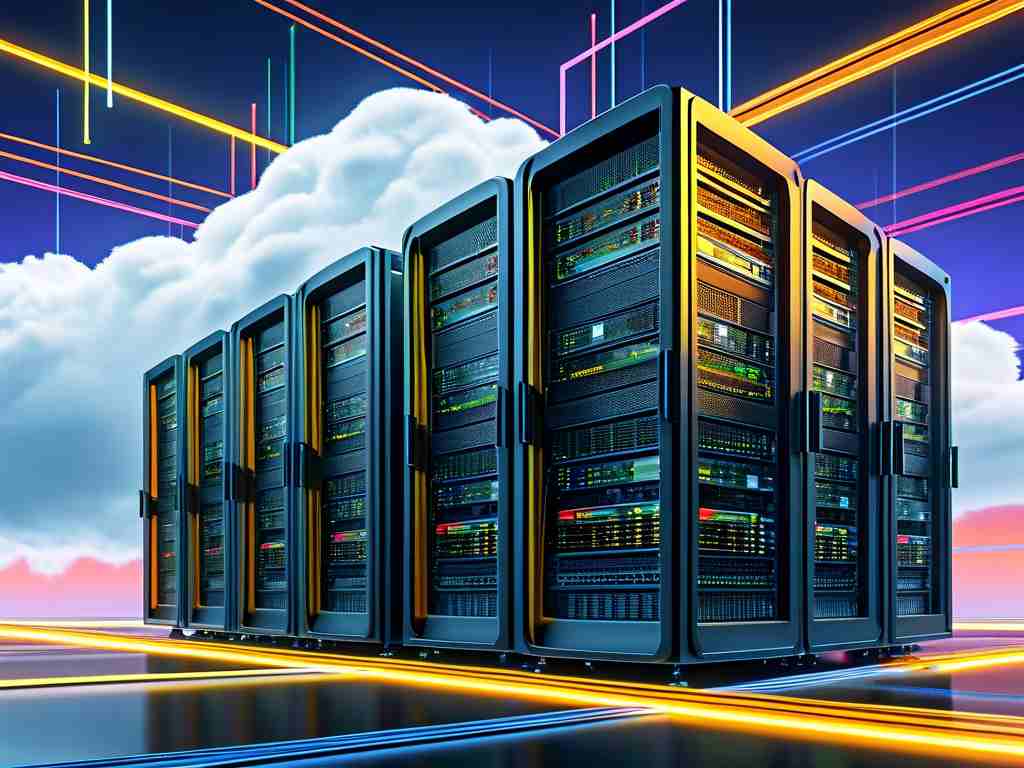In today's fast-paced digital landscape, adopting distributed technology architecture has become a cornerstone for businesses aiming to enhance scalability and resilience. This approach involves spreading computational tasks across multiple interconnected nodes rather than relying on a single central server, which fundamentally transforms how systems handle data and user requests. As organizations grapple with increasing demands for real-time processing and high availability, distributed architectures offer a robust solution that minimizes downtime and optimizes resource utilization.

One of the primary advantages of distributed systems is their inherent scalability. By distributing workloads, companies can seamlessly add more nodes to handle spikes in traffic without overhauling the entire infrastructure. This elasticity is particularly valuable in cloud environments, where services like Amazon Web Services or Google Cloud leverage distributed designs to support millions of users simultaneously. For instance, during peak shopping seasons, e-commerce platforms rely on this architecture to prevent crashes and ensure smooth transactions. Fault tolerance is another critical benefit; if one node fails, others can take over, maintaining system integrity. This redundancy reduces the risk of data loss and service interruptions, which is crucial for sectors like finance and healthcare where reliability is non-negotiable.
Performance improvements are equally compelling. Distributed architectures enable parallel processing, where tasks are divided and executed concurrently across nodes. This speeds up computations for data-intensive applications such as big data analytics or AI model training. Consider a scenario where a company processes terabytes of log files daily; using distributed frameworks like Apache Hadoop or Spark, they can split the workload to achieve results in minutes instead of hours. This efficiency not only boosts productivity but also cuts operational costs by maximizing hardware utilization.
However, adopting this architecture isn't without challenges. Complexity arises from managing inter-node communication and ensuring data consistency across the network. Developers must implement robust protocols like consensus algorithms to handle conflicts, which can increase development time and expertise requirements. Security also becomes a heightened concern; with multiple access points, vulnerabilities can emerge, necessitating advanced encryption and access controls. Cost is another factor, as setting up and maintaining distributed systems often demands significant investment in hardware, software, and skilled personnel. Despite these hurdles, many enterprises find the long-term gains outweigh the initial outlay, especially as tools like Kubernetes simplify orchestration and monitoring.
To illustrate how distributed technology works in practice, here's a simple Python code snippet using the multiprocessing library. This example shows a basic distributed task where multiple processes handle computations independently, demonstrating parallel execution:
import multiprocessing
def compute_square(number):
return number * number
if __name__ == "__main__":
numbers = [1, 2, 3, 4, 5]
pool = multiprocessing.Pool(processes=2) # Using 2 nodes
results = pool.map(compute_square, numbers)
print("Distributed results:", results) # Output: [1, 4, 9, 16, 25]
This snippet highlights how tasks are divided and processed concurrently, a core principle of distributed systems. In real-world applications, such code might scale to thousands of nodes handling complex datasets.
Looking ahead, trends indicate a growing integration of distributed architectures with emerging technologies. Edge computing, for example, extends distribution to devices at the network periphery, enabling faster IoT responses. Similarly, blockchain leverages distributed ledgers for transparent, secure transactions. As AI and machine learning evolve, distributed training frameworks will become essential for handling massive models. In my conversations with industry experts, many emphasize that early adoption positions companies for innovation, allowing them to adapt to future disruptions like quantum computing.
In , adopting distributed technology architecture is not just a technical upgrade but a strategic imperative for modern enterprises. It empowers organizations to build resilient, scalable systems that drive efficiency and competitive advantage. While challenges exist, ongoing advancements in tools and best practices are making implementation more accessible. By embracing this paradigm, businesses can future-proof their operations and thrive in an increasingly interconnected world.









